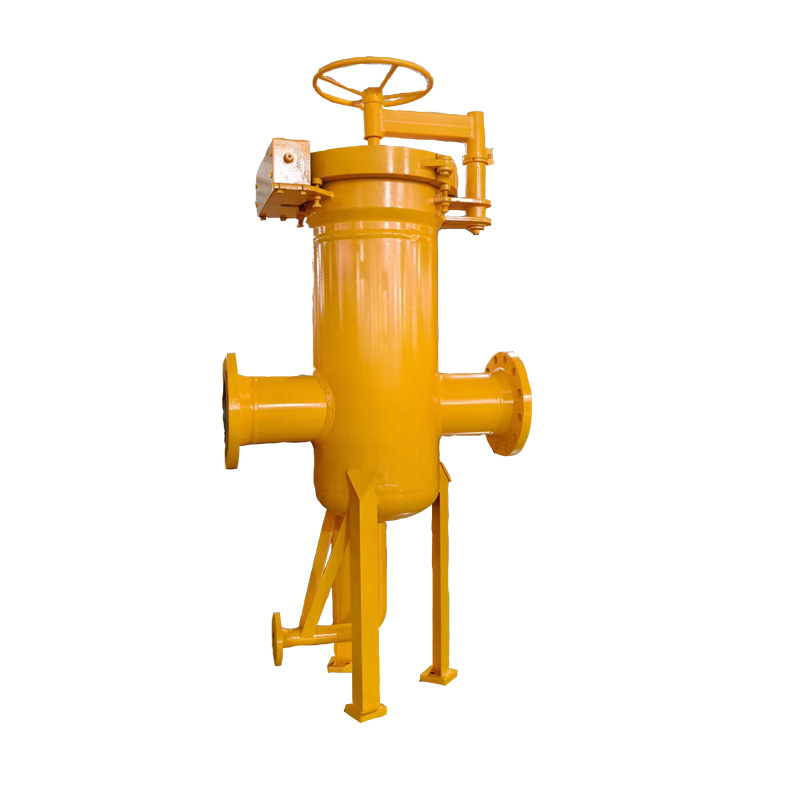
Jul . 25, 2024 12:51
Back to list
Gas Pressure Regulation Valve for Efficient Control and Safe Distribution in Pipeline Systems
Gas Pressure Reducing Valve An Essential Component in Gas Distribution Systems
In various industrial applications and residential environments, managing gas pressure is crucial for safety, efficiency, and performance. One of the key components that facilitate this management is the gas pressure reducing valve (PRV). This article explores the importance, functionality, and applications of gas pressure reducing valves.
What is a Gas Pressure Reducing Valve?
A gas pressure reducing valve is a mechanical device installed within gas distribution systems to reduce and stabilize high-pressure gas from the supply line to a lower, usable pressure suitable for consumption. As natural gas is distributed from production sites to end users, it travels through pipelines under high pressure. Directly using this high-pressure gas in appliances or industrial processes can be dangerous and inefficient. Therefore, PRVs play a vital role in ensuring that the gas delivered to households and businesses is at a safe and usable pressure level.
How Does a Gas Pressure Reducing Valve Work?
The fundamental working principle of a gas pressure reducing valve is relatively straightforward. The valve comprises several key components, including an inlet and outlet, a diaphragm or piston, and a spring mechanism. When high-pressure gas enters the valve, the diaphragm or piston moves, adjusting the opening of the valve seat to regulate the flow of gas. The spring component exerts a force that balances the pressure within the system, allowing only a predetermined lower pressure to pass through.
PRVs come in various designs, but most work on the same basic principle. Some valves are adjustable, enabling users to set the desired outlet pressure according to their specific requirements. In contrast, others are preset to deliver a fixed pressure.
Importance of Gas Pressure Reducing Valves
.
2. Efficiency Controlling gas pressure helps in optimizing the performance of gas appliances. Many devices, such as heaters, stoves, and industrial boilers, require gas at a specific pressure for optimal combustion. Fluctuations in pressure can lead to inefficiency and increased fuel consumption.
صمام تخفيض ضغط الغاز

3. Equipment Protection Appliances designed to operate at lower pressures can be damaged or operate inefficiently if subjected to high pressure. PRVs protect sensitive equipment from excess pressure, extending their lifespan and reducing maintenance costs.
4. Regulatory Compliance Many regions have regulatory requirements that dictate the acceptable pressure levels for gas appliances and pipeline systems. Installing PRVs helps ensure compliance with these regulations, avoiding potential legal issues and fines.
Applications of Gas Pressure Reducing Valves
Gas pressure reducing valves are utilized in a wide range of applications across different sectors
- Residential Use In homes, PRVs are commonly used to regulate the gas supply for heaters, stoves, and hot water systems, ensuring safe and efficient operation.
- Commercial Settings Restaurants and hotels utilize PRVs for their kitchen appliances, ensuring that gas burners operate at optimal efficiencies.
- Industrial Processes Factories and industrial plants use PRVs in their gas distribution systems to control pressure for various manufacturing processes, ensuring that machinery operates safely and efficiently.
Conclusion
In summary, gas pressure reducing valves are essential components in the safe and efficient distribution of gas. By regulating pressure, they contribute significantly to the safety of gas systems, enhance the efficiency of gas appliances, protect equipment, and ensure compliance with regulations. As technology advances, continued innovations in PRV design and functionality will enhance their performance and reliability in various applications.
Latest news
-
Safety Valve Spring-Loaded Design Overpressure ProtectionNewsJul.25,2025
-
Precision Voltage Regulator AC5 Accuracy Grade PerformanceNewsJul.25,2025
-
Natural Gas Pressure Regulating Skid Industrial Pipeline ApplicationsNewsJul.25,2025
-
Natural Gas Filter Stainless Steel Mesh Element DesignNewsJul.25,2025
-
Gas Pressure Regulator Valve Direct-Acting Spring-Loaded DesignNewsJul.25,2025
-
Decompression Equipment Multi-Stage Heat Exchange System DesignNewsJul.25,2025

